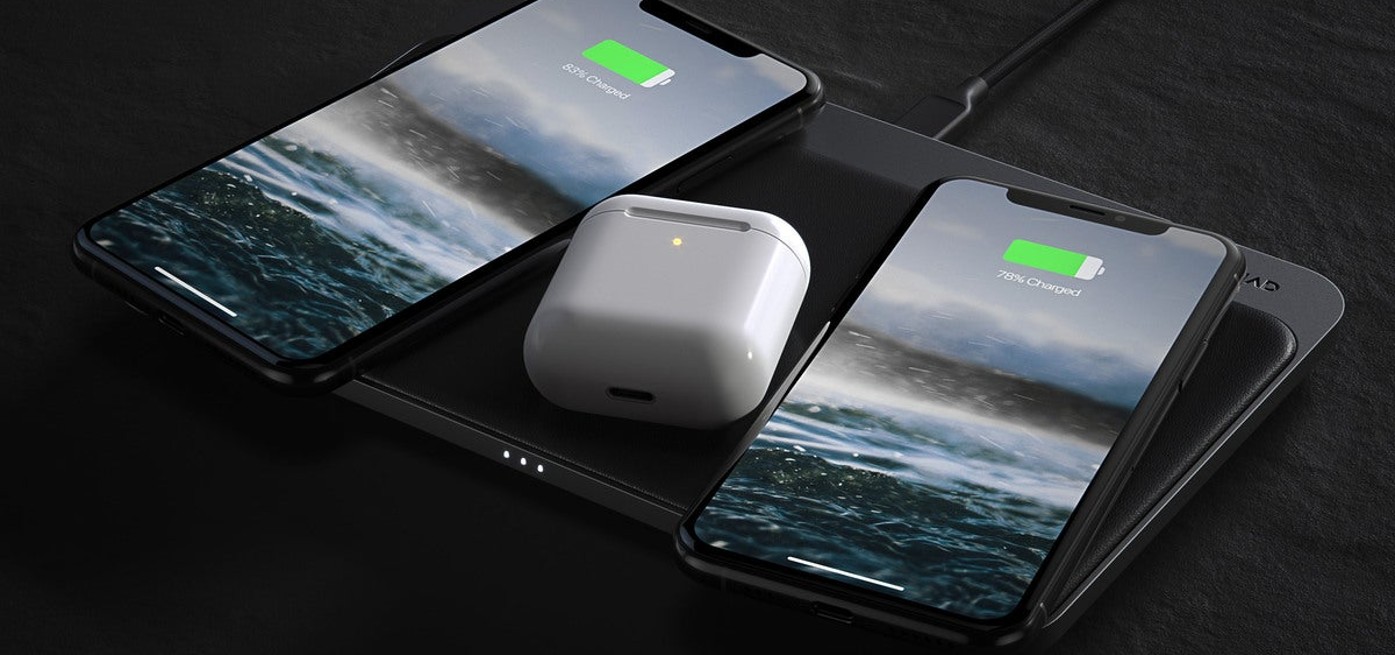
How to Block Drones with a Drone Jammer
In an age where the sky is dotted with drones, the importance of drone jammers has never been more significant. From commercial deliveries to personal
Free Worldwide Shipping & 1-Year Warranty!

In today’s examination processes, it has become commonplace to install exam signal jammers. Once students enter the examination hall, even if they secretly bring in their mobile phones or other electronic communication devices, the presence of exam signal jammers ensures that the communication signals of these devices are blocked, rendering them unable to be used. This is the simplest and most effective way to prevent students from cheating using electronic devices. However, some customers now inquire about installing more powerful anti-cheating products in examination halls, or they hope that new anti-cheating products will have features such as blacklists and whitelists, which can identify the specific mobile phone users and their phone numbers present in the examination hall.
Firstly, it is important to note that exam signal jammers themselves do not have the capability to identify blacklists or whitelists. Devices with these features should be correctly referred to as mobile signal management control systems. These products have fundamentally different working principles and methods compared to exam signal jammers. Additionally, mobile signal management control systems are more inclined towards the functionality of mobile base stations.
Do exam signal jammers really need to have the functionality of blacklists and whitelists? Do examination halls in schools truly require the identification of all mobile phone users and their numbers within the examination area? In fact, a careful analysis of the actual examination process reveals that these features do not play a significant role in preventing cheating during exams.
During exams, using exam signal jammers to directly block the normal communication of mobile signals can easily and directly sever the communication link of mobile phones. On the other hand, if mobile signal management control systems are used, although they have the ability to identify phone numbers and set blacklists, they add unnecessary workload to the preparation and security work of exams. For example, it would require prior statistics on which mobile phone users should be designated as whitelisted or blacklisted. How can the coverage range of the mobile signal management control system be accurately controlled? If mobile phone users from the surrounding community are inadvertently included and wrongly designated as blacklisted users, it would create unnecessary inconvenience for external users.
In conclusion, the use of exam signal jammers is convenient and efficient, without the numerous concerns associated with mobile signal management systems. The simplicity and directness of exam signal jammers make them the preferred choice for preventing cheating during exams.
Our frequency checker tool will help you check all frequency bands used in all country.

In an age where the sky is dotted with drones, the importance of drone jammers has never been more significant. From commercial deliveries to personal

Protect your vehicle’s location privacy with a professional guide on GPS jammers. From selection to legal considerations and installation tips, we’ve got you covered. Key

Here’s a step by step guide on how to build your own GPS jammer. Below are the main steps we are going to introduce in

Understanding Signal Blocker: How It Works and Its Applications Signal Blockers are devices that can disrupt mobile phone signals, preventing them from connecting to base

The Application and Benefits of High-Power Signal Jammers Enhancing Signal Blocking Efficiency in Various Environments In today’s technologically advanced world, the need for effective signal

Considerations for Purchasing Exam Room Signal Jammers Ensuring Effective Signal Jamming for Exam Integrity As the year approaches its end, many schools are preparing for

The Importance of Monitoring and Signal Interference Measures During Examinations During examination periods, it is crucial to closely monitor the examination venues and their surrounding

Selecting the Appropriate Cell Phone Jammer for Theaters and Auditoriums Overcoming Challenges in Installation and Maximizing Signal Disruption The Importance of Cell Phone Jamming in

Remote Control of Cell Phone Jammers via Smartphone: A Possibility? With the rapid development of the Internet of Things (IoT), numerous smart home devices have